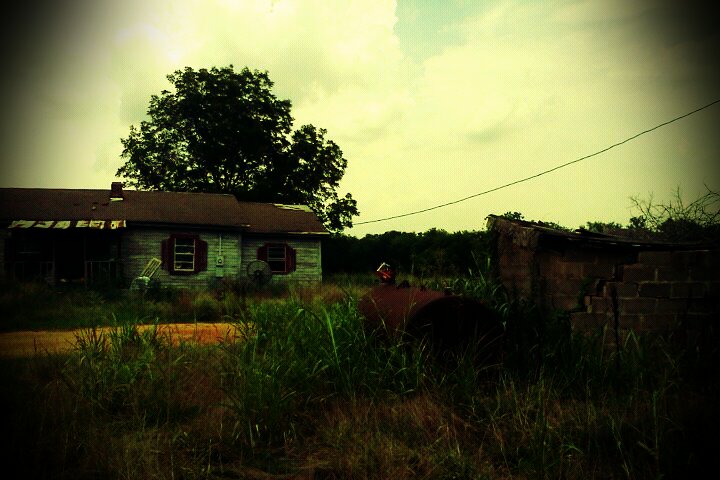Project Description
Something Inside of Us
How four million tons of Tennessee coal ash ended up in Alabama’s Black Belt
For Oxford American magazine
The Edmund Pettus Bridge in Selma, Alabama, might be considered the holiest ground of the civil rights movement. It was there that state troopers brutalized six hundred marchers on March 7, 1965—the day that became known as “Bloody Sunday”—as they set off toward Montgomery in a demonstration for voting rights. Four days after the forty-seventh anniversary of Bloody Sunday, I walked across the bridge to the National Voting Rights Museum. There I saw a photograph of the marchers in silhouette. I also saw the famous photograph of a young black man with an American flag waving behind him. His forehead and cheeks are covered with white paint so that the word “vote,” written in the paint with a finger, is dark across his forehead. In a continuous exhibit of footprints that winds through the museum, I found the footprint of Albert Turner, one of the leaders of the movement in Alabama, pressed into a white slab of concrete.
Turner tried to walk across the bridge on Bloody Sunday. He later said that when the tear gas started flowing, “I fell down and ran. Then I fell down again and ran some more.” Throughout his life, he was a tireless organizer who fought for the voting rights of African Americans in Perry County during a time when they might have been beaten or shot for going to the polls. When he died, in 2000, his New York Times obituary noted that Martin Luther King Jr. had considered Turner his “point man in Alabama.”
Turner’s son, Albert Turner Jr., was appointed to serve out the remaining two years of his father’s term on the Perry County Commission, and he’s managed to keep his seat since then. It’s unlikely that he would have the political influence he does today if not for his father’s work, yet some African Americans in Perry County are calling him a “snake in the grass” and a “poverty pimp.” They say he sold them out for $4 million, the amount of money the town received for accepting a mountain of coal ash brought by train from Tennessee. From July 2009 to December 2010, four million tons of coal ash were trucked in and dumped just across a two-lane county road from the homes of residents, who wrote a letter to the Environmental Protection Agency saying they were “trapped in a cloud of coal ash.” It covered their houses, cars, gardens, and yards. Today, residents in Perry County aren’t sure where the $4 million has gone, except to help purchase land for a new hotel that was built near Turner’s house, on the other end of the county from the landfill. And the EPA hasn’t been particularly interested in helping, perhaps because the agency helped broker the deal in the first place. …
Read the whole story here at Oxford American magazine online. …
